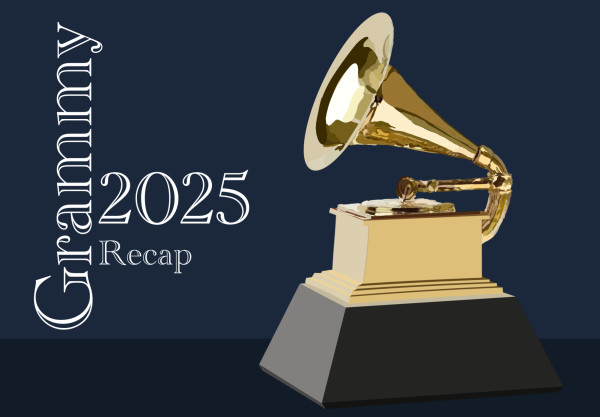“Girl Math”
The saying, “birds of a feather flock together,” couldn’t be truer than on the internet, where TikTok’s algorithm can categorize you as a gamer, fashion enthusiast, literary intellectual or Starbucks dependent within five minutes of scrolling. The fine line between being just a person or an internet user is getting ever thinner and every five minutes there seems to be an alarmingly empathizing TikTok made about your admittedly bad habits. Online trends have not only become girls’ best friends, but turned the ever-relatable social media platform into a sort of game—your style, your interests and your personality place you and others in this world of unsaid rules and rationalities defined by your real-life experiences, and you can play up your part by spending as encouraged. In other words, there’s no better way to intentionally or accidentally tempt people’s urges to spend to their hearts’ (or their Instagram feeds’) desires than on social media.
The newest in-group are the proponents of so-called “Girl Math,” which is a collective rationale helping girls justify everything from daily coffee runs to $4,600 tickets for Taylor Swift. Coined by New Zealand podcasters Carl Fletcher, Vaughan Smith and Hayley Sproull, the “Girl Math” segment helped listeners (usually adult women) think through their purchases, known as mental accounting, using a few key economic principles for support. These include cost-per-use, sunk cost and prospective cost.
Food to-go and clothes are the two largest spending categories for teens, with sunk and prospective costs being the two main principles that drive so many purchases in spite of “Girl Math.” “Girl Math” users agree that $5 or cheaper purchases and cash purchases “feel” free, and considering that paychecks come as lump sums, not small bills, spending in $5 increments certainly seems inconsequential. A large part of Girl Math is constituted by the idea of sunk cost, in which money that has been long since accounted for in a bank account, such as that loaded onto a Starbucks card, gift card or a $20 bill found in a jacket pocket, is “free” money. Additionally, direct depositing, Apple Pay/Apple Wallet, as well as the plethora of peer-to-peer payment apps like Venmo and Zelle, have eliminated the sense of urgency when paying with cash, making everyday spending seem like a no-brainer, even when it isn’t.
Of course, not everyone has had a rosy reaction to “Girl Math.” Some women are quick to distinguish how the trend can highlight misogynistic stereotypes of women’s spending, however it is important to not dismiss the trend as a one-way street. Video game companies have found various ways to market themselves and their in-game perks—besides food and clothing, Business Insider lists video games as one of the top spending categories among teenage boys, with games like “Valorant” reporting revenue of up to $20 million for a single set of weapon skins. Just as it’s unwise and unhealthy to spend money on daily Starbucks runs, impulsive video game purchases can be just as detrimental to personal spending habits. While “Girl Math” doesn’t just apply to how girls spend their money, it’s not always about how far a dollar can stretch, but whether what you want is worth spending on at all times.












